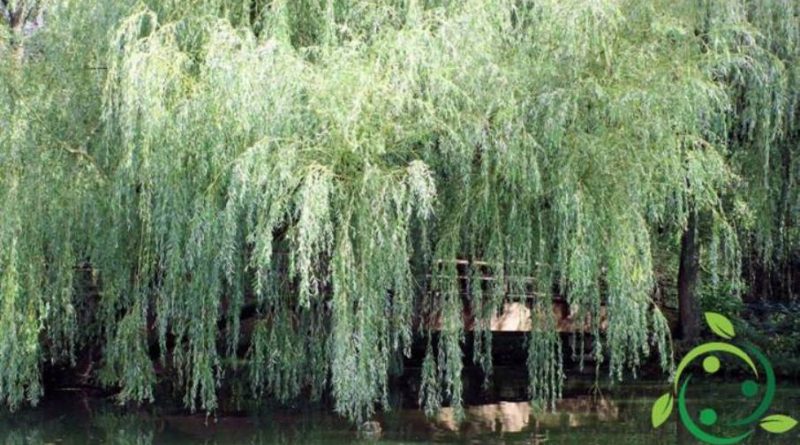How to grow the weeping willow
How to grow the weeping willow
The weeping willow (Salix babylonica L.) is one of the most used willows for ornamental purposes and for this reason we will look for the best techniques and how to grow the weeping willow.
The weeping willow is a well-known plant, above all for its bearing that has earned it the name of weeping and has a very rapid growth and prefers the banks of lakes or in general of fresh water courses, in a preferably cool soil. For its characteristics, however, it is advisable, however, not to grow the weeping willow in small gardens, as the plant needs large spaces that would take away from other plants.
In fact, once placed at home, the weeping willow, by its size, will condition the rest of the arrangement of space. The exposure that prefers the weeping willow is sunny or half-shade. Also remember that it is a plant that has a remarkable resistance to cold.
As for the choice of land, this is good that it is definitely moist, very fertile and rich in organic substance. If you do not have these characteristics it is not advisable to insert this plant which, moreover, would be outside its habitat. So much so that the willows are particularly widespread in the moors or in those areas that have a high humidity.
In addition to ornamental uses, willow is used for the reforestation of natural areas that have been subjected and degradation processes. By loving wet and marshy areas its use should be done taking into account these particular habitats. The use of weeping willow as a windbreak or for the formation of natural barriers, aimed at protecting other plants, is also frequent. Another use, often unknown, is to extract from the willow twigs of the natural hormones that carry out an interesting rooting action for the preparation of the cuttings of the plants.
Due to its characteristics, the weeping Willow plant should never be pruned. Only in special cases, the plant can be pruned when it is attacked by insects, parasites or atmospheric agents. In some cases it happens that the branches, struck violently by the wind, can crack and the foliage can reach the ground, damaging the plant and its extraordinary beauty. For this reason the shortening of the branches must be done with great caution without tampering with the characteristic bearing of the same.

